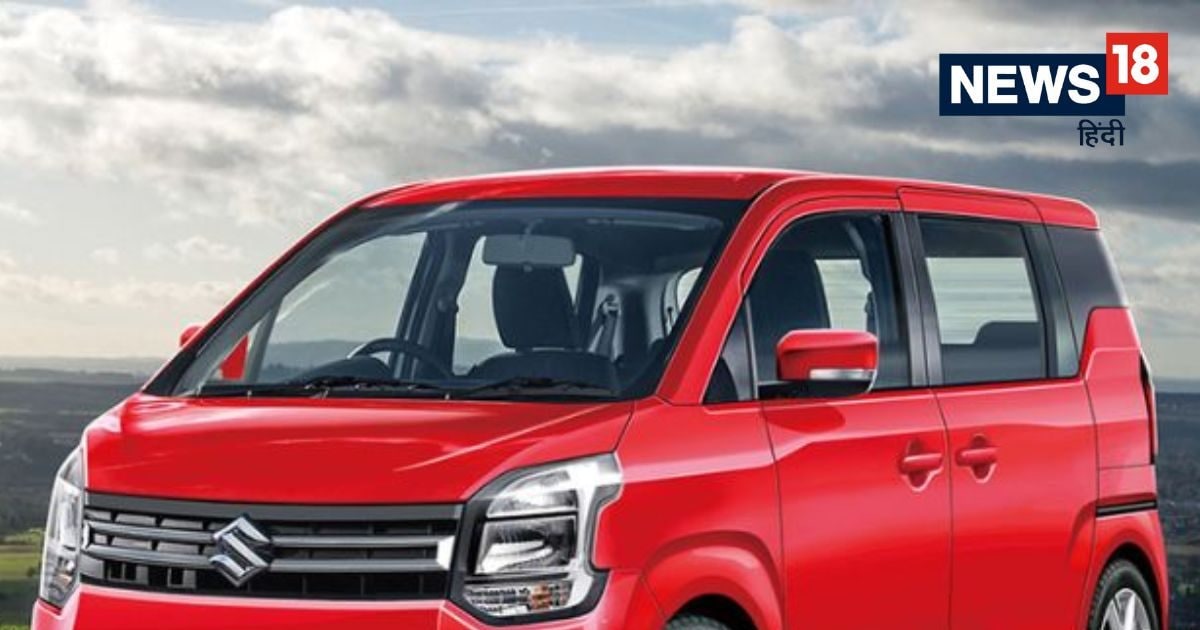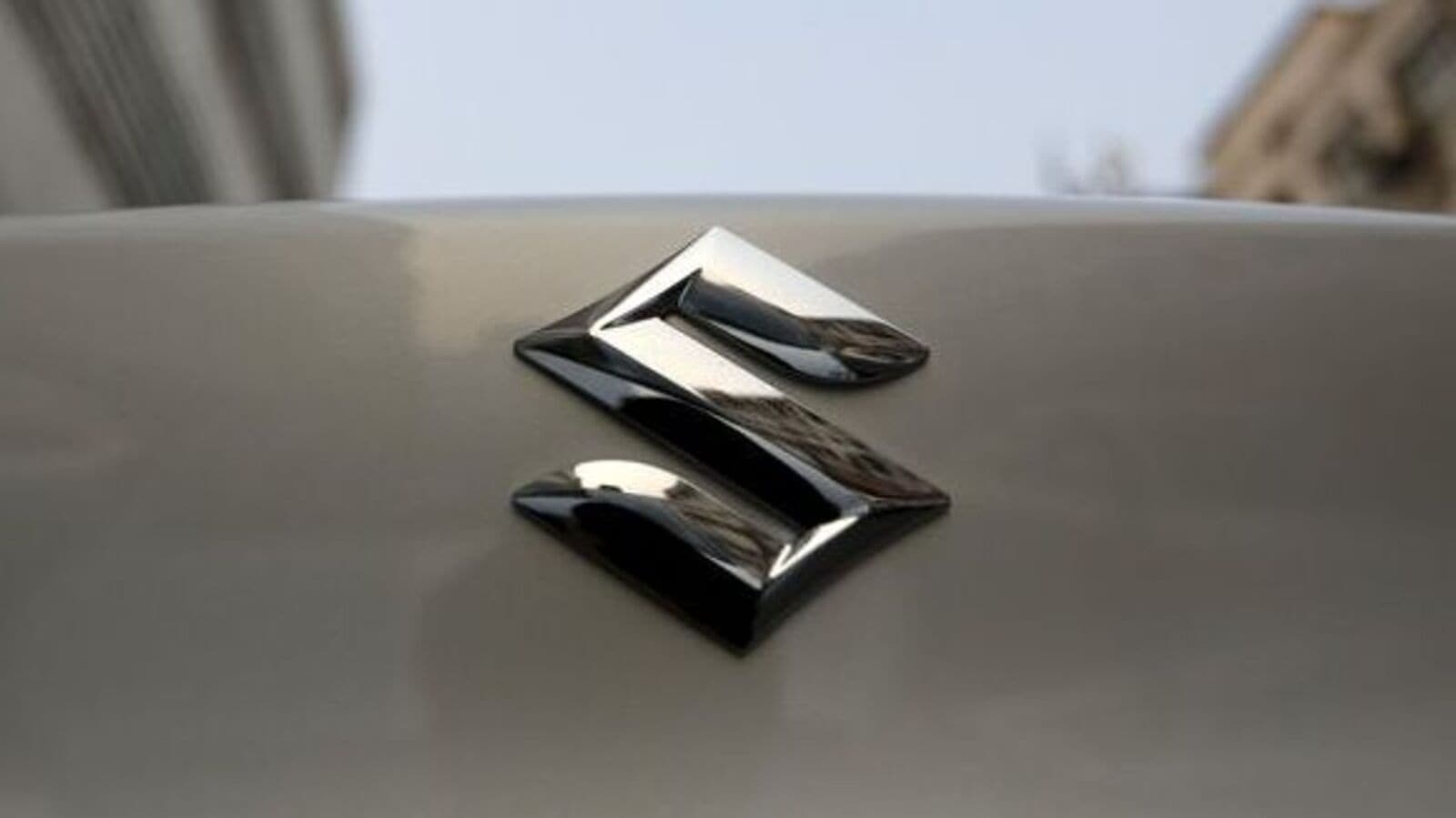Last updated:
The price of Maruti Suzuki Wagon R has increased by Rs 15,000, due to which its ex-showroom price has now increased from Rs 5.64 lakh to Rs 7.47 lakh. Other models such as Brezza and Dzire prices have also increased.
Apart from Wagon R, the rest of Maruti's cars have also become expensive.
Highlights
- The price of Maruti Wagon R increased by Rs 15,000.
- The new ex-showroom price from 5.64 lakh to 7.47 lakh rupees.
- Other models also increased the prices of Brezza and Dzire.
New Delhi. The price of Maruti Suzuki Wagon R, which is included in the country's best -selling hatchback cars, has increased.
Maruti Suzuki Wagon R has seen an increase of up to Rs 15,000, now the ex-showroom price of Wagon R has increased between Rs 5.64 lakh to Rs 7.47 lakh. The price hike has affected not only on Wagon R, but also on other models of Maruti Suzuki like Brezza and new Maruti Suzuki Dzire.
Maruti Suzuki Wagon R Variants such as VXI 1.0 AGS, ZXI 1.2 AGS, ZXI+ 1.2 AGS and ZXI+ AGS Dual-Tone variants are now expensive by Rs 15,000. The price of all other variants of Maruti Suzuki Wagon R, including the CNG model, has seen an increase of Rs 10,000. Maruti Suzuki Wagon R is available with two engine options-a 1.0-liter petrol and a 1.2-liter unit. The first generates 66bhp and 89Nm torque, while the larger 1.2-liter unit produces 89bhp and 113Nm torque. Maruti Suzuki Wagon R is also available in CNG variants with a 1.0-liter engine, which generates 56bhp power. Maruti Suzuki Wagon RK gearbox options include an manual and an AMT unit.
Alto K10 – Rs 19,500
S-represo-Rs 5000
Celerio – Rs 32,500
Wagon-R-Rs 15,000
Swift – Rs 5000
Desire – Rs 10,000
Brezza – Rs 20,000
Ertiga – Rs 15,000
Eco – Rs 12,000
Super Carry – Rs 10,000
Ignis – Rs 6,000
Ciaz – Rs 1,500
Baleno – Rs 9,000
Fronx – Rs 5,500
Jimney – Rs 1,500
Invito – Rs 30,000
Grand Vitara- Rs 25,000
Maruti Suzuki Wagon R collides with Hyundai and Tata Motors with several popular hatchback cars, while in the company's lineup, it also competes with Celerio. Wagon R Maruti continues to generate good sales figure for Suzuki and sometimes the sales are on the top of the chart.
New Delhi,Delhi
February 16, 2025, 13:25 IST
India's number 1 hatchback Wagon R became expensive, know new price



